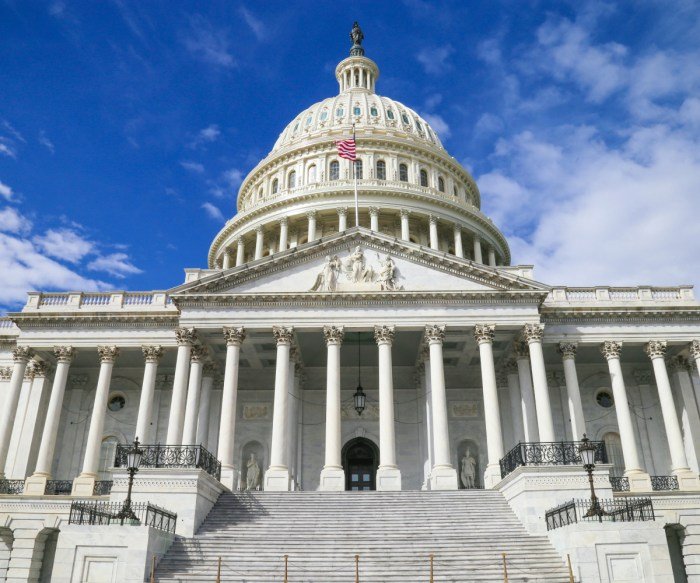The U.S. government shutdown has officially begun. The Senate failed to pass a last-ditch funding plan late Tuesday night. Since lawmakers could not agree on a stopgap bill, the shutdown now threatens layoffs, halted services, and economic disruption across the country.
President Donald Trump responded swiftly. He warned that “vast numbers of people” could face irreversible job losses. Moreover, his administration circulated a memo instructing federal agencies to prepare for mass firings. Released Tuesday, the memo urged departments to execute shutdown plans without delay.
Political analyst Eric Ham told a global news outlet that Trump may have used layoff threats as leverage against Democrats. However, with the U.S. government shutdown now active, Ham says job cuts are “certainly something that could be on the table.” In addition, he adds that Trump may view this moment as a chance to accelerate his long-standing goal of streamlining the federal workforce.
Since taking office, Trump has fired thousands of federal employees. His cost-cutting initiative is led by the Department of Government Efficiency (Doge). Consequently, the current U.S. government shutdown could deepen those cuts.
Wayne Winegarden, senior fellow at the Pacific Research Institute, said the first impact will hit federal workers. “If you work for the federal government, you’re not going to go to work, you’re not going to get paid,” he explained. Furthermore, contractors will face delayed payments, adding to the financial strain.
As the shutdown continues, its effects will broaden. For instance, social security payments could stall once funding dries up. Additionally, food assistance programs like WIC are expected to run out of money quickly. The National Flood Insurance Program has already shut down. This, in turn, affects property sales nationwide.
National parks will remain partially open under a contingency plan from the Interior Department. Nevertheless, the Coalition to Protect America’s National Parks has urged full closures. They want to prevent damage and ensure visitor safety.
Essential services—border protection, law enforcement, in-hospital medical care, and air traffic control—will continue. Yet staffing shortages could cause delays. Unpaid air traffic controllers may choose to stay home. As a result, long queues and flight disruptions are likely.
The White House memo emphasized that the shutdown’s duration remains unpredictable. Therefore, agencies must execute orderly shutdown plans and brace for prolonged disruption.
This U.S. government shutdown, triggered by Senate gridlock and rising layoff fears, marks a critical moment. Federal workers, contractors, and millions of Americans who rely on public services now face uncertainty. As the crisis unfolds, the nation watches closely for signs of resolution—or deeper cuts ahead.









